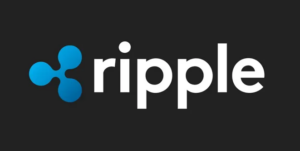Getting started in the world of cryptocurrency can be both exciting and overwhelming, especially when it comes to choosing the right blockchain network for your activities. One common dilemma that many crypto enthusiasts face is whether to mint new tokens on either Polygon or Ethereum. Both networks offer unique features and benefits, but understanding the differences between them can help you make an informed decision that aligns with your goals.
Ethereum, being the pioneer in the world of decentralized finance (DeFi) and smart contracts, is known for its robust security and network integrity. It has a long-standing reputation in the crypto space and remains the go-to choice for many developers and investors. However, Ethereum’s popularity comes at a price – high gas fees and network congestion. Minting on Ethereum can be costly and slow due to these limitations.
On the other hand, Polygon has emerged as a viable solution to some of Ethereum’s scalability issues. Leveraging a Layer 2 scaling solution, Polygon offers lower transaction costs and faster processing times compared to the Ethereum mainnet. By utilizing Polygon’s network, users can enjoy the benefits of Ethereum’s security while taking advantage of improved efficiency and speed.
When deciding whether to mint on Polygon or Ethereum, consider your specific needs and preferences. If you prioritize security and are willing to pay higher fees for the Ethereum network’s proven reliability, minting on Ethereum may be the right choice for you. However, if cost-effectiveness and speed are your top priorities, Polygon could be the better option.
It’s essential to assess your project requirements, budget constraints, and long-term goals before making a decision. If you plan to mint a large volume of tokens or engage in frequent transactions, the cost savings on Polygon may outweigh the prestige of the Ethereum network. Conversely, if you value brand recognition and trust in a well-established platform, Ethereum might be the safer bet.
Another factor to consider is interoperability. While Ethereum boasts a vast ecosystem of decentralized applications (dApps) and token standards, Polygon offers seamless compatibility with Ethereum assets through its bridge solutions. This interoperability can be a game-changer for projects looking to leverage the strengths of both networks.
In conclusion, the choice between minting on Polygon or Ethereum ultimately depends on your specific needs and priorities. Both networks have their strengths and weaknesses, so it’s crucial to weigh the pros and cons in the context of your project requirements. By considering factors such as cost, speed, security, and interoperability, you can make an informed decision that aligns with your goals. Happy minting!

